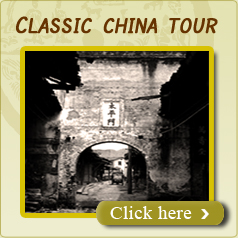Henan food

-
Province:Henan (Chinese:河南, Pinyin: Hénán)
-
Population :98,690,000
-
Area :167,000 square km (64,000 sq mile)
-
Overview:Henan is traditionally regarded as an important cradle of Chinese civilization. The name Henan means "south of the (Yellow) River"
Henan cuisine is derived from the native cooking styles of the Henan region in China. It is a cross between the Jiangsu cuisine, with which it shares the trait of selecting ingredients according to the four seasons, and to a lesser extent, the Beijing cuisine, from which it adopted many cooking methods. The result is that Henan dishes are very seasonal, and taste lighter in comparison to Beijing cuisine, similar to that of Jiangsu cuisine. The characteristics of Henan cuisine include:
*The wide utilization of onions
*Pork is the major meat in Henan cuisine but seldom served in soups; mutton and lamb are mainly served in soups.
*Rice is the major food, but Henan cuisine is unique in that the rice is served with oil produced from animal fat (though this practice is diminishing due to health concerns)
*Although noodles are cooked similarly to other northern Chinese cuisines, the Henan cuisine is unique in that it utilizes rice vermicelli that is mostly used in southern China and Southeast Asia.





